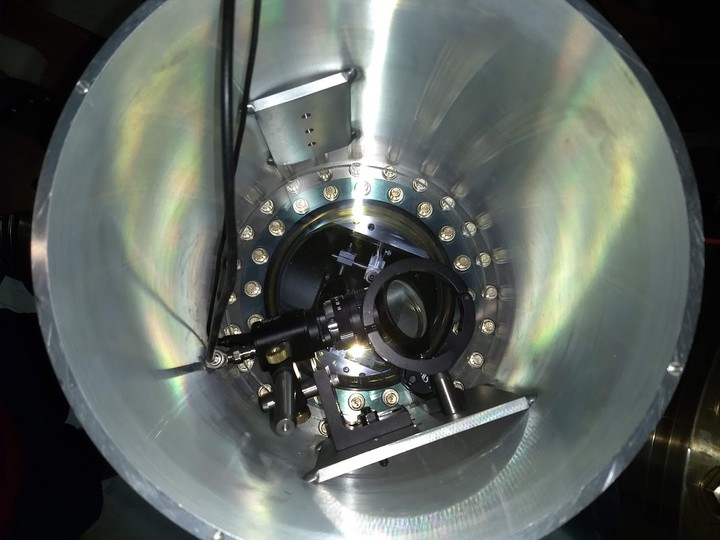 Camera setup at viewport
Camera setup at viewport
Abstract
LIGO interferometers used to detect gravitational waves achieve extremely high sensitivity through precise angular control of suspended optics that direct the laser beam. A host of sensing techniques, ranging from optical levers and wavefront sensors to suitably positioned quadrant photodiodes are used to detect the angular position and deviation of optics. This work attempts to introduce the use of Gigabit Ethernet (GigE) cameras capturing images of light scattered from optics to determine the position of the laser beam on the optic. A number of approaches based on tools from image processing are employed to discern the motion of the beam spot from video. They are found to be unreliable and discarded in favour of convolutional neural networks which can, in theory, learn any complex, non-linear mapping. These are trained on data generated at the 40m laboratory at Caltech and the results are analysed.